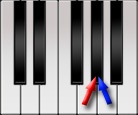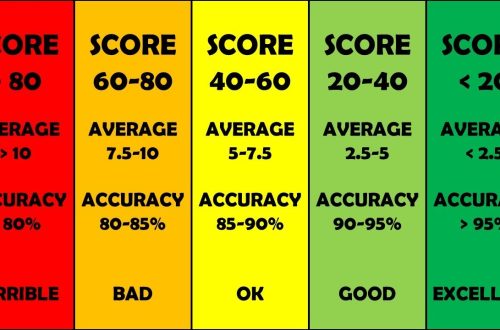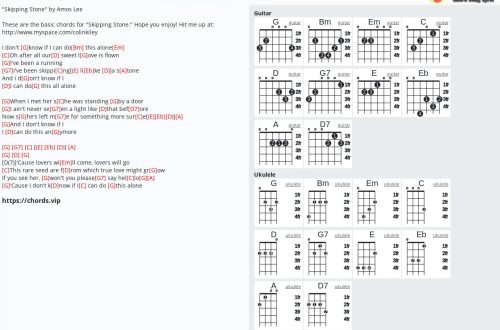
Anharmonicity of sounds
What names can be found for the same piano key?
In the article “Signs of alteration” the names of these signs are considered. Within the framework of this article, we will consider how different accidentals can serve to denote the same sound.
Anharmonicity of sounds
Any sound can be built both by raising the main note (located lower by a semitone) and lowering the fundamental note (located higher by a semitone) .

Figure 1. The black key is between two white keys.
Look at Figure 1. The two arrows point to the same black key, but the beginnings of the arrows lie on different white keys. The red arrow indicates an increase in sound, and the blue arrow indicates a decrease. Both arrows converge on the same black key .
In this example, our black key produces a sound:
- Sol-sharp, if we consider the option with a red arrow;
- A-flat, if we consider the version with the blue arrow.
By ear, and this is important, G-sharp and A-flat sound exactly the same, because this is the same key. This equality of notes (that is, when they are the same in height, but have different names and designations) is called anharmonicity of sounds .
If it’s not entirely clear to you, we strongly recommend that you look at the article “Accessions”. You will be able to listen to the sounds, and also see visually how the names for the black keys are obtained.
Outcome
Sound anharmonicity is a term that means something that sounds the same but is written differently depending on the situation.




